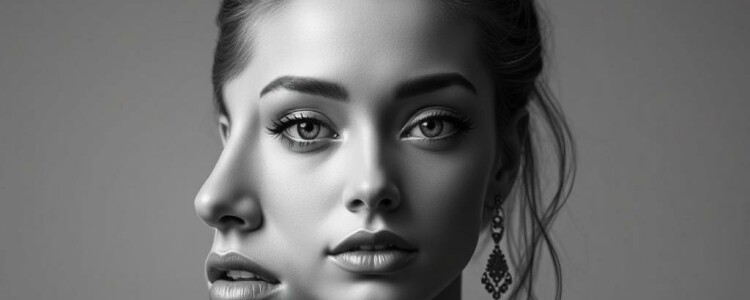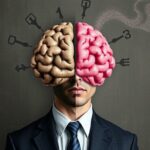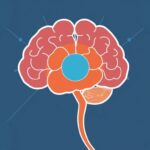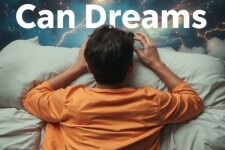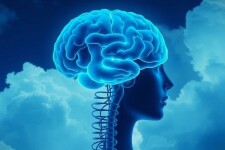Introduction to Beauty Standards and Their Psychological Roots
Beauty standards are all around us, influencing the way we perceive ourselves and others every single day. But have you ever wondered why certain features or looks are considered beautiful across cultures, while others are not? The psychology of beauty standards digs deep into these questions, revealing fascinating insights about human nature, society, and the mind. These standards are not random; they are shaped by complex psychological, biological, and social factors that have evolved over time.
From ancient times to today’s digital age, beauty standards have shifted and morphed, yet they continue to exert a powerful influence. People constantly navigate these expectations, which affect self-esteem, social acceptance, and even mental health. Understanding the psychology behind beauty standards can help us become more aware of how these ideals are formed, how they shape behavior, and what we might do to foster a more inclusive and healthy vision of beauty.
What Are Beauty Standards?
Beauty standards refer to the culturally and socially constructed ideals that define what is considered physically attractive or aesthetically pleasing. These standards can vary dramatically across different societies and historical periods. For example, in some cultures, a fuller figure is associated with wealth and health, while in others, slimness is idealized. Despite these variations, many societies share overlapping preferences, such as clear skin, symmetry, and youthfulness.
Psychologically, these standards operate as a sort of “mental template” that influences how individuals judge attractiveness. They emerge through a blend of evolutionary influences and sociocultural conditioning.
Key Psychological Factors Behind Beauty Standards
Understanding why certain beauty standards prevail involves exploring several psychological concepts, including:
- Evolutionary Psychology: From this viewpoint, traits deemed beautiful often signal health, fertility, and good genes, which are crucial for survival and reproduction. For example, facial symmetry is widely regarded as attractive because it may indicate developmental stability.
- Social Learning: Individuals learn beauty norms through observation, media, and cultural reinforcement — often from a very early age. This learning shapes personal preferences and societal expectations.
- Cognitive Heuristics: The brain uses mental shortcuts to rapidly assess attractiveness, linking beauty with positive characteristics such as kindness or intelligence, a phenomenon known as the “halo effect.”
- Ingroup and Outgroup Dynamics: Beauty standards can also serve as markers of social identity, helping individuals align with their community’s norms while distinguishing themselves from others.
The Role of Evolution in Shaping Beauty Standards
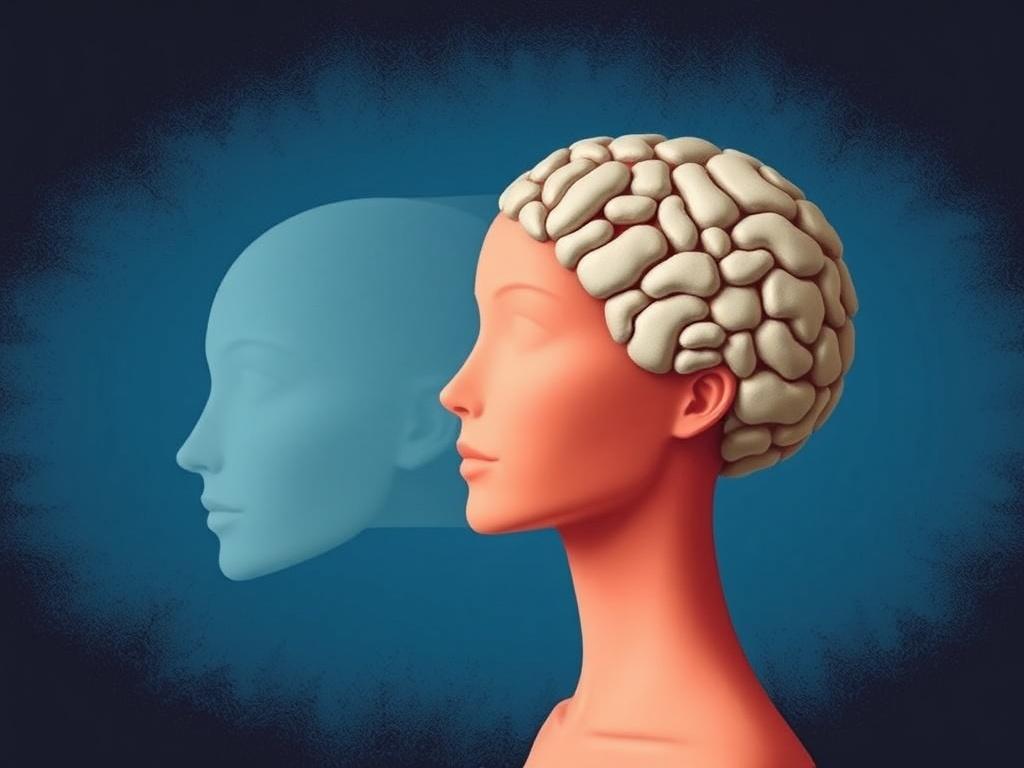
To understand the psychology of beauty standards, it is crucial to explore the evolutionary roots behind what humans find attractive. From an evolutionary perspective, certain attributes are universally attractive because they signal reproductive fitness. For example, clear skin might indicate absence of disease, and body proportions like the waist-to-hip ratio in women have been linked to fertility.
Universal Traits and Evolutionary Preferences
Across many cultures, research finds recurring themes in beauty preferences:
| Trait | Evolutionary Significance | Psychological Impact |
|---|---|---|
| Facial Symmetry | Indicates genetic stability and health | Perceived as more attractive and trustworthy |
| Clear Skin | Signals absence of illness and good immune system | Enhances social desirability and confidence |
| Body Proportions (e.g., Waist-to-Hip Ratio) | Associated with fertility and reproductive health | Influences mate selection and sexual attraction |
| Youthfulness | Represents reproductive potential and vitality | Linked to perceptions of energy and attractiveness |
Though evolution provides a foundational framework, it doesn’t explain the entirety of beauty standards since many are highly variable and heavily context-dependent.
Culture and Media: Shaping and Reinforcing Beauty Ideals
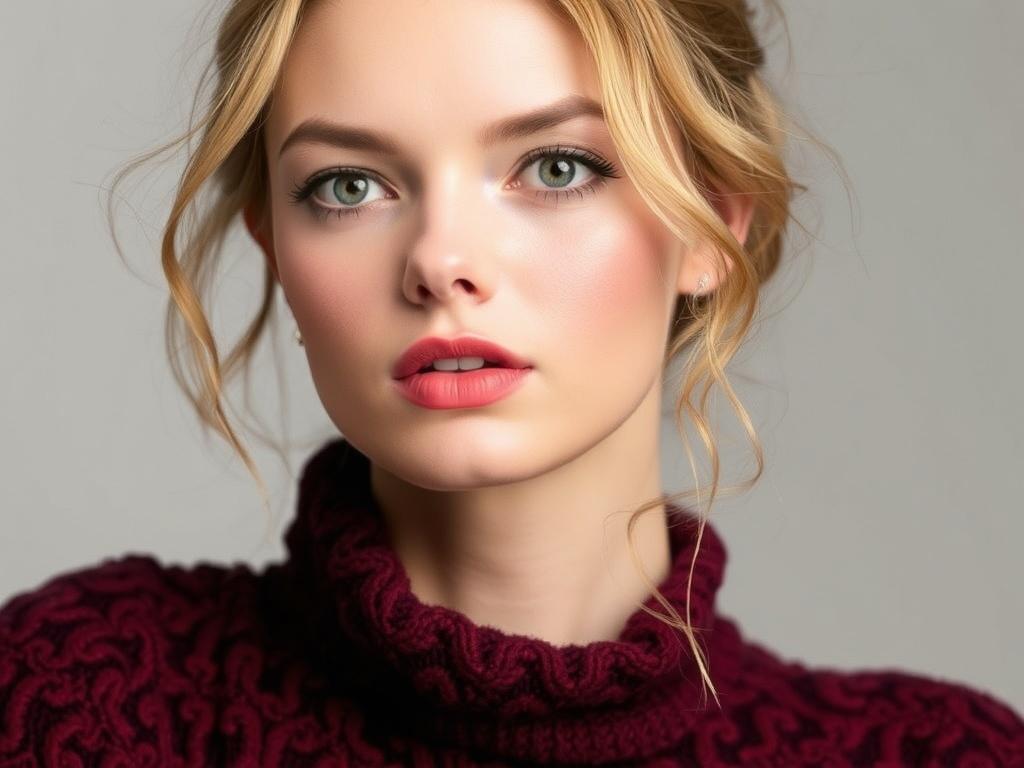
While evolutionary psychology sheds light on universal tendencies, culture often fine-tunes or radically alters beauty standards. The media plays an enormous role here. From fashion magazines to social media influencers, the images and messages we consume reinforce specific ideals of beauty. This exposure impacts self-image and societal norms, perpetuating standards that can sometimes be unattainable or unrealistic.
Social Learning and the Influence of Media
Media exposure teaches individuals what traits to admire and aspire to. This process includes:
- Repeated Exposure: Seeing certain body types or facial features frequently makes them seem normal and desirable.
- Celebrity and Influencer Culture: Public figures often set trends, making particular looks more popular.
- Advertising: Brands use beauty standards strategically to market products, often idealizing a narrow set of features.
- Social Media Filters and Editing: Technology enables the creation of “perfect” images, raising the bar for everyday beauty and sometimes fostering unrealistic standards.
Examples of Changing Beauty Standards in the Modern World
The power of culture is evident when we look at how beauty ideals have shifted over the decades:
| Era | Popular Beauty Ideal | Factors Influencing This Ideal |
|---|---|---|
| 1920s | Androgynous, slim figure with short hair | Rise of women’s rights, flapper culture |
| 1950s | Hourglass figure, fuller body | Post-war emphasis on domesticity and fertility |
| 1980s | Fitness and muscularity | Fitness craze, aerobics, media influence |
| 2000s–Present | Thin, youthful, digitally enhanced | Social media, Photoshop, influencer culture |
These examples highlight how beauty standards are neither fixed nor natural but rather constructions that reflect societal attitudes and technological capabilities.
The Psychological Impact of Beauty Standards on Self-Perception
The way beauty standards influence individual psychology should not be underestimated. People often internalize cultural ideals, which can profoundly affect their self-esteem, body image, and overall mental well-being.
Positive and Negative Effects
While recognizing beauty might bring confidence and social advantages, unrealistic or rigid standards can also lead to harmful consequences:
- Body Dissatisfaction: Many individuals compare themselves unfavorably to popular images, leading to dissatisfaction with their own bodies.
- Eating Disorders and Mental Health Issues: Striving to meet narrow beauty ideals has been linked to disorders such as anorexia, bulimia, depression, and anxiety.
- Social Pressure and Conformity: There’s a strong psychological drive to fit in, so deviating from beauty norms can cause stress and social exclusion.
- Empowerment and Identity: On the flip side, rejecting or redefining beauty standards can be empowering and integral to personal identity and self-expression.
The Role of the “Halo Effect” in Beauty Perception
Beauty standards influence not only how we see ourselves but also how others perceive us. The “halo effect” is a psychological phenomenon where attractive individuals are presumed to have other positive traits such as intelligence, kindness, or success. This effect has important social implications in contexts like hiring, dating, and leadership opportunities. However, it can also reinforce superficial judgments and bias.
The Intersection of Beauty Standards With Gender and Identity

Beauty standards are deeply intertwined with gender roles and identity. Societies often impose different expectations on men and women, shaping how each group perceives and strives to meet these norms.
Gender Differences in Beauty Ideals
While men have traditionally been judged more on achievements or status, women are frequently evaluated on physical appearance. This disparity has psychological effects on both genders:
- Women: Face higher societal pressure to achieve and maintain beauty ideals, leading to higher rates of body dissatisfaction and related mental health challenges.
- Men: While body image issues among men are becoming more recognized, societal standards still largely emphasize muscularity and strength.
Non-Binary and LGBTQ+ Perspectives
Beauty standards also intersect with modern understandings of gender fluidity and sexual identity. For many LGBTQ+ individuals, traditional beauty norms might feel alienating or restrictive. In response, diverse communities often create alternative standards that celebrate uniqueness and authenticity, challenging mainstream ideals.
How to Cultivate a Healthier Relationship With Beauty Standards
Given the immense influence of beauty standards, it’s vital to approach them critically and compassionately. Here are some strategies to foster a more positive psychological relationship with beauty:
Tips for Navigating Beauty Standards
- Media Literacy: Learn to critically analyze media messages and recognize the impact of photo editing and advertising tactics.
- Celebrate Diversity: Focus on a broader range of beauty forms, appreciating different cultures, body types, and aging gracefully.
- Self-Compassion: Develop kindness toward yourself, understanding that no one fits any ideal perfectly.
- Question Societal Norms: Reflect on whose interests beauty standards serve and challenge harmful or exclusionary ideals.
- Promote Positive Role Models: Follow and support influencers who promote body positivity and authentic self-expression.
Psychological Theories That Explain Our Attraction to Beauty
Several important psychological theories help unravel why we are drawn to certain beauty standards.
1. Evolutionary Theory
As mentioned earlier, this theory suggests that we are biologically wired to prefer traits linked to health and fertility. These preferences have been preserved because they increased the chances of survival for our ancestors.
2. Social Comparison Theory
Coined by psychologist Leon Festinger, this theory explains how people evaluate themselves by comparing their appearance, abilities, and opinions to others, which shapes self-esteem and body image.
3. Cognitive Dissonance Theory
When an individual’s personal values about self-worth conflict with society’s beauty ideals, psychological discomfort (or dissonance) arises. To reduce this discomfort, people may change either their perception of themselves or reject societal beauty standards altogether.
4. Symbolic Interactionism
This social psychological perspective emphasizes that beauty is a social construct created through interpersonal interactions. We learn what “beauty” means through dialogue, social cues, and cultural narratives.
The Future of Beauty Standards: Trends and Predictions
As society continues to change rapidly, so too do our perceptions of beauty. Several emerging trends might shape future beauty standards:
- Inclusivity and Representation: There is a growing demand for greater representation of diverse ethnicities, sizes, abilities, and genders in media.
- Technology and AI: Advances in augmented reality and AI may further influence beauty norms, enabling new types of self-expression and appearance customization.
- Environmental and Ethical Concerns: The beauty industry is shifting toward sustainability and ethical products, which may redefine what beauty means in terms of lifestyle and values.
- Individuality Over Conformity: As movements advocating self-love and authenticity gain momentum, future beauty standards may become more personalized and less prescriptive.
Summary Table: Psychological Drivers vs. Sociocultural Influences on Beauty Standards
| Aspect | Psychological Drivers | Sociocultural Influences |
|---|---|---|
| Origin | Evolutionary selection, cognitive patterns | Media, culture, peer groups |
| Goal | Biological fitness, mate selection | Social identity, status, acceptance |
| Effect on Individuals | Instinctive attraction, bias | Internalized norms, self-image |
| Change Over Time | Slow, with genetic shifts | Rapid, driven by culture and technology |
| Scope | Universal tendencies | Variable by society and era |
Conclusion
The psychology of beauty standards reveals how deeply intertwined our sense of attractiveness is with both our biology and our society. These standards reflect a mixture of innate evolutionary preferences and culturally constructed ideals that have been shaped by historical, social, and technological forces. While they can offer valuable signals of health or identity, beauty standards also pose challenges, influencing self-esteem and mental health in complex ways. By understanding these psychological and sociocultural dynamics, we can better appreciate beauty’s fluid nature and cultivate a more compassionate, inclusive view of physical appearance. Ultimately, embracing diversity and rejecting rigid definitions allows us to see beauty not as a narrow ideal but as a broad spectrum that celebrates individuality, authenticity, and humanity in all its remarkable forms.

